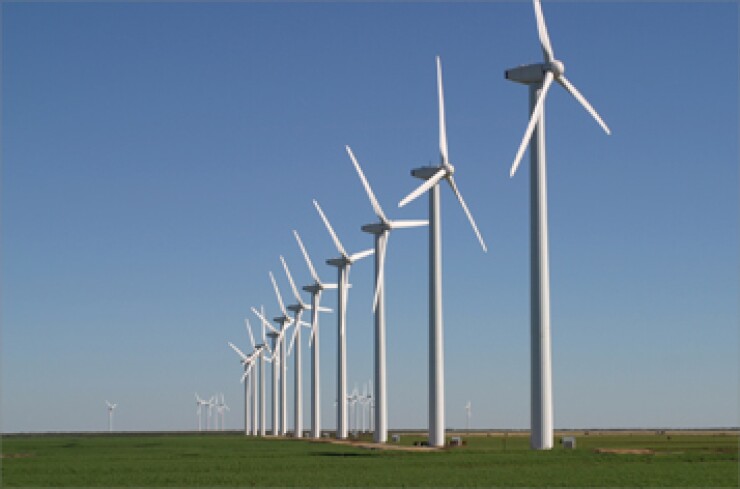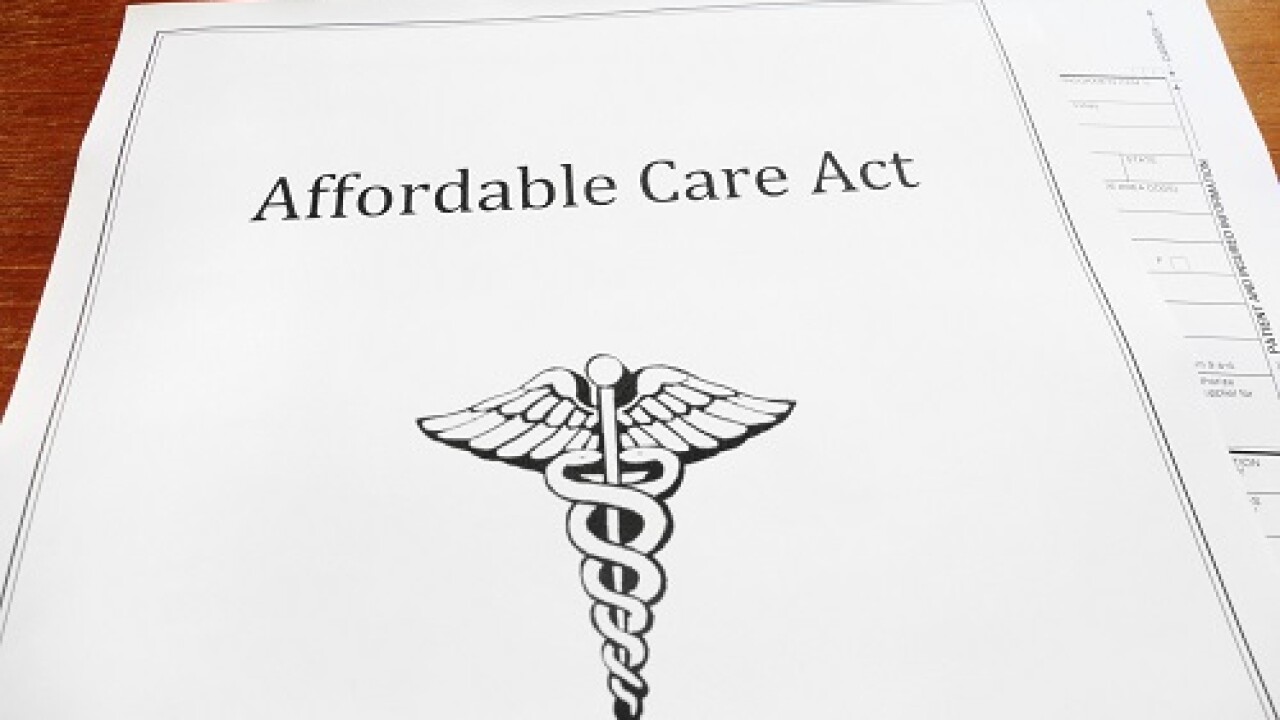The Treasury Department and the Internal Revenue Service released
The Inflation Reduction Act sunsets the existing Production Tax Credit (under Section 45 of the Tax Code) and Investment Tax Credit (Section 48), limiting their availability to projects that start construction before 2025. Instead, such projects are supposed to transition to the Clean Electricity Production Credit (Section 45Y) and the Clean Electricity Investment Credit (Section 48E) for projects placed in service after Dec. 31, 2024. The new tax credits offer incentives to any clean energy facility that achieves net-zero greenhouse gas emissions, giving them the ability for their technologies to develop over time as they scale back emissions, while also offering longer-term certainty to investors and developers of clean energy projects.
The Notice of Proposed Rulemaking identifies specific technologies that meet the environmental standards under the Inflation Reduction Act and would categorically qualify as zero greenhouse gas emissions for the purposes of the Clean Electricity Production Credit and Clean Electricity Investment Credit. They include wind, solar, hydropower, marine and hydrokinetic, nuclear fission and fusion, geothermal, and certain types of waste energy recovery property. The proposed guidance also clarifies how energy storage technologies would qualify for the Clean Electricity Investment Credit.

The statute requires that clean energy technologies that rely on combustion or gasification to produce electricity undergo a lifecycle greenhouse gas analysis to demonstrate net-zero emissions. The proposed rules also asks for comments on a variety of questions related to the required lifecycle analysis for combustion and gasification technologies. The Treasury Department, in consultation with interagency experts, plans to carefully review the comments it receives and continue to evaluate how other types of clean energy technologies, including combustion and gasification technologies, will be able to qualify for the clean electricity credits.
"President Biden's Inflation Reduction Act has driven an investment boom that is adding historic levels of new clean power to the grid while keeping consumer energy costs in check, reducing greenhouse gas emissions, and bolstering energy security," said Treasury Secretary Janet Yellen in a statement. "The Clean Electricity Tax Credits created under the Inflation Reduction Act provide certainty to the market and are poised to drive substantial further growth and lower utility bills over the long run."
The proposed rules generally follow the rules from the existing Production and Investment Tax Credits to give developers more certainty as they move forward with clean energy production projects. The guidance proposes that any future changes to the set of technologies designated as zero greenhouse gas emissions or the designation of life cycle analysis models used to determine greenhouse gas emissions rates must be accompanied by an analysis prepared by the U.S. Department of Energy National Labs, in consultation with agency technical experts and other experts. The notice also proposes a process by which taxpayers can request a Provisional Emissions Rate, which the Energy Department would administer in consultation with the National Labs and other experts as appropriate.
The notice includes proposed rules that provide clarity on the inclusion of costs of interconnection-related property for lower-output clean energy facilities that take the Clean Electricity Investment Tax Credit. They can be a major obstacle to faster clean energy deployment, include the costs of upgrades to local transmission and distribution networks that are necessary to connect the facility to the grid. The proposed rules continue the approach taken in the proposed rules for the Section 48 Investment Tax Credit, which was modified by the IRA to cover qualified interconnection costs.
The Treasury is encouraging the public to submit written comments in response to the proposed rules. Comments will be accepted for 60 days after the proposed rules are published in the Federal Register, and a public hearing is scheduled on Aug. 12 and 13.
"This tech-neutral tax policy is the centerpiece of the largest climate action in our history, which Democrats passed in the Inflation Reduction Act, and it represents a huge step forward in the effort to reduce carbon emissions," said Senate Finance Committee chairman Ron Wyden, D-Oregon, in a statement. "With today's announcement, the Treasury Department provides long-term certainty to a host of clean energy sources, including promising new technologies that will become essential parts of our energy system in the future."





